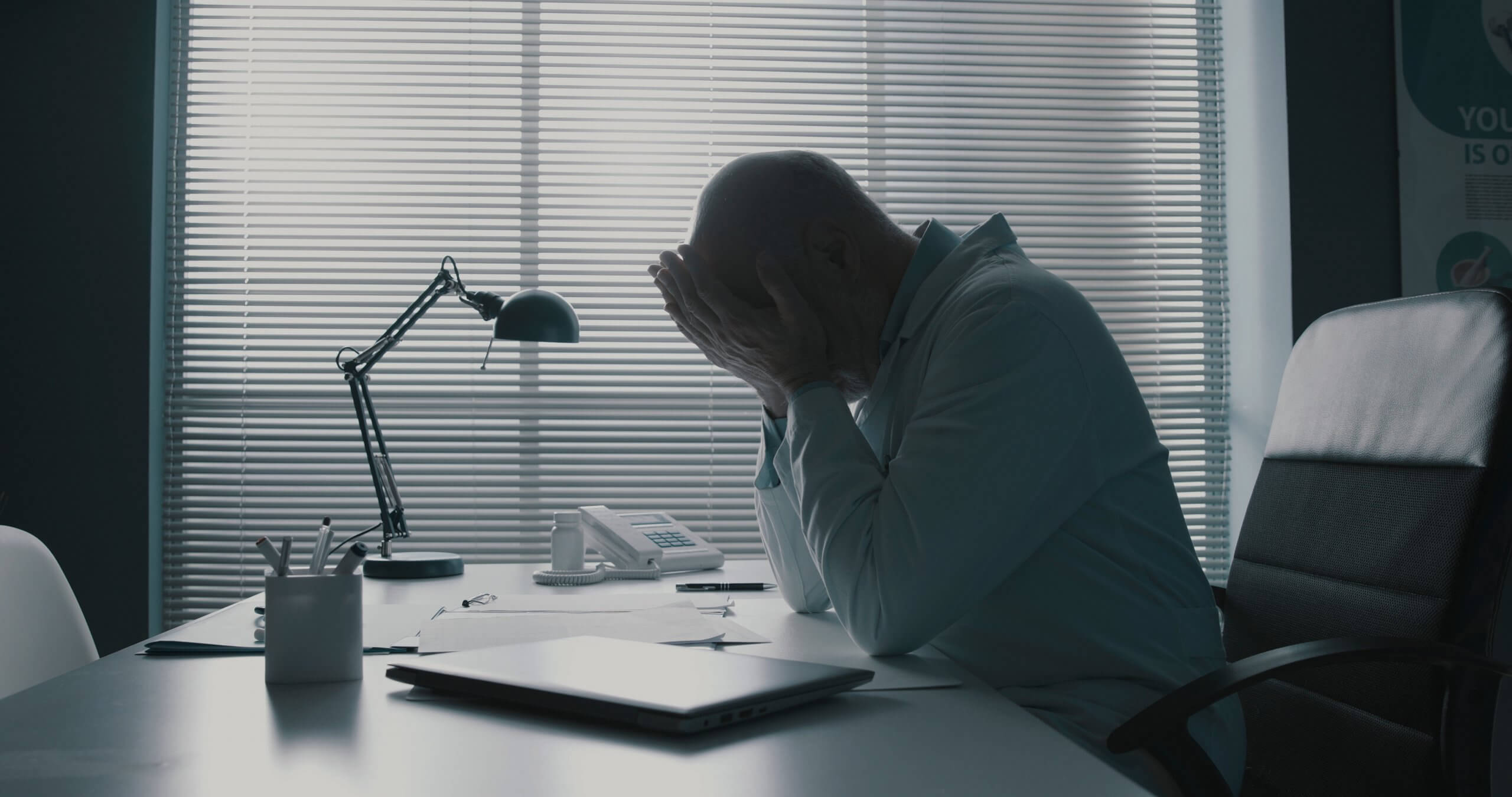Beyond Burnout: How Smarter Systems Can Protect Public Sector Teams

When burnout hits public sector employees, it damages more than individual health; it ripples through teams and hamstrings service quality. While stress management workshops might offer momentary relief, they can’t fix broken systems that create unnecessary pressure day after day.
The real solution lies in redesigning how work happens. Better workflows, smarter distribution of tasks, and planning ahead for challenges create breathing room for public servants. When government agencies tackle the actual structures causing burnout rather than just treating symptoms, their staff can continue making a difference without sacrificing their well-being along the way.
Understanding Burnout as a Systemic Issue
Government employee burnout shows up in obvious ways: emotional exhaustion, disconnection from the people they serve, and work that just isn’t as good as it used to be. Public service comes with its own special brand of stress. There’s endless red tape, constant public scrutiny, and chronically tight budgets on top of the heavy responsibility of serving communities.
What makes burnout so tough to fix in government work is that it’s baked into how the work happens. When departments run on outdated processes, require mountains of paperwork, or try to do too much with too few people, even the most resilient employees eventually hit a wall. Offering yoga classes or time management workshops might make people feel better for a day. But the next morning, they’re right back in the same broken systems.
The toll on people adds up over time. Burnout in high-stress emergency fields shows up as:
- Physical issues: headaches that won’t quit, messed-up sleep, constant tiredness.
- Emotional disruption: growing cynicism, irritability, emotional numbness.
- Mental problems: trouble focusing, struggling to solve routine problems.
- Behavioral changes: pulling away from coworkers, calling in sick more often.
Real solutions need to work on two levels: supporting individual people while fixing the organizational machinery causing the problem.
Leadership’s Role in Building Healthier Workflows
Leaders create a workplace atmosphere through both official policies and their everyday habits. When managers regularly stay late, fire off emails at midnight, or work through lunch, they’re silently telling their teams: “This is normal. You should do this too.” On the flip side, when leaders actually take their vacation days and set reasonable boundaries, they give everyone else permission to do the same.
Good leaders pay attention to early warning signs that their systems are hurting people—more mistakes showing up in work, deadlines being missed, normally cooperative team members starting to clash, or a sudden spike in sick days. Catching these red flags early prevents isolated problems from becoming the new normal.
Leaders must step up to combat burnout in the public sector. Addressing and mitigating burnout can look like comprehensive health benefits, creating positive workplace cultures, or implementing flexible work arrangements. Other effective approaches include checking in with staff about what’s making their work harder (not just whether they’re hitting targets), setting realistic project timelines that acknowledge what’s already on people’s plates, and being crystal clear about what matters most right now.
Beyond these basic approaches, public sector leaders can reshape toxic workplace patterns by:
- Setting straightforward rules about after-hours messages.
- Creating actual systems for sharing work during crunch times.
- Praising people who find smarter ways to work, not just those who produce more.
- Giving employees room to make decisions within their expertise.
- Fighting for needed resources with hard data about workloads.
When leadership tackles burnout at the system level, they protect both their people and the quality of services their communities receive.


What makes burnout so tough to fix in government work is that it’s baked into how the work happens.
Breaking Silos Through Smart Workflow Design
Departments working in silos are part of what gives the government its scarlet letter of inefficiency. For instance, teams working in separate bubbles end up doing the same work twice, miss out on crucial insights from related departments, and create bottlenecks that slow everything down. For the actual people doing the work, these disconnected systems mean heavier workloads, daily frustration battling bureaucratic barriers, and a diminished ability to solve problems.
Getting workflows right starts with mapping out how work really happens across departmental boundaries. Simply putting the current process on paper often reveals surprising duplicated efforts, approval chains with unnecessary steps, and missed opportunities for teams to help each other. The goal focuses on creating systems that share work fairly and eliminate pressure points — not just making things more efficient on paper.
Practical approaches that make a difference include:
- Creating shared information hubs so people stop reinventing the wheel
- Training staff on related job functions so they can help each other during busy periods
- Holding regular cross-department meetings specifically about workflow pain points
- Using digital tools that let everyone see a project’s status regardless of department
Many government organizations struggle with determining whether they’re a true team or just separate groups with separate goals. This matters tremendously for staff well-being. Real teams share the mental load, support each other during tough times, and create safe spaces where people can speak up about problems before they become overwhelming.
Scenario Planning for Long-Term Resilience
Scenario planning boils down to something simple: thinking through potential problems and having game plans ready before things go wrong. This deliberate approach eliminates the frantic scrambling that burns people out during unexpected situations.
The process involves mapping out possible future scenarios, such as budget cuts, sudden service demand spikes, staffing shortages, and then developing practical response plans for each. Unlike traditional risk management, which tries to prevent all problems, scenario planning accepts uncertainty and focuses on building adaptable systems and teams.
For government agencies, the benefits directly counter burnout:
- Less emergency mode work because plans already exist.
- Fairer distribution of crisis workloads through pre-assigned roles.
- Reduced staff anxiety because they know what to do when problems arise.
- Smarter resource use based on multiple possible futures.
The importance of scenario planning touches both operations and staff wellbeing. When teams regularly practice thinking through future challenges together, they develop shared understanding, build trust by solving problems collaboratively, and grow more confident in their ability to handle uncertainty.
Getting started doesn’t have to be complicated. Begin with workshops where teams identify possible scenarios, rate how likely and impactful each might be, and create straightforward action plans. Visual tools make this process engaging rather than feeling like extra work. The resulting plans should evolve over time as circumstances change.
Final Thoughts
Public sector burnout comes from broken systems that need system-level fixes. Agencies must rethink how work is structured and assigned to create sustainable environments. Strong leadership, breaking down departmental walls, and scenario planning all contribute to preventing exhaustion cycles. When public servants work in environments that value both productivity and wellbeing, they can maintain their passion for meaningful work without burning out.
Want new articles before they get published? Subscribe to our Awesome Newsletter.